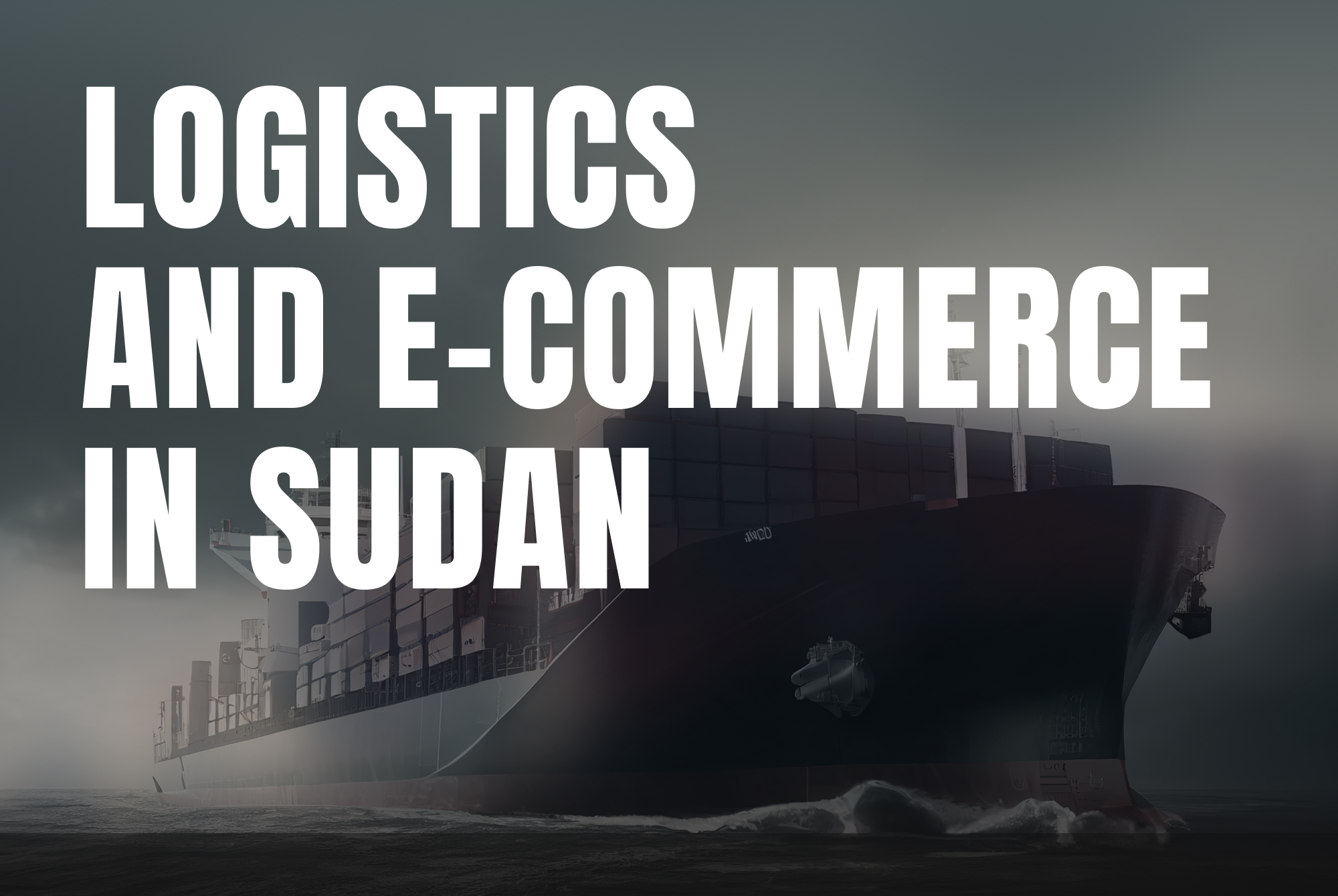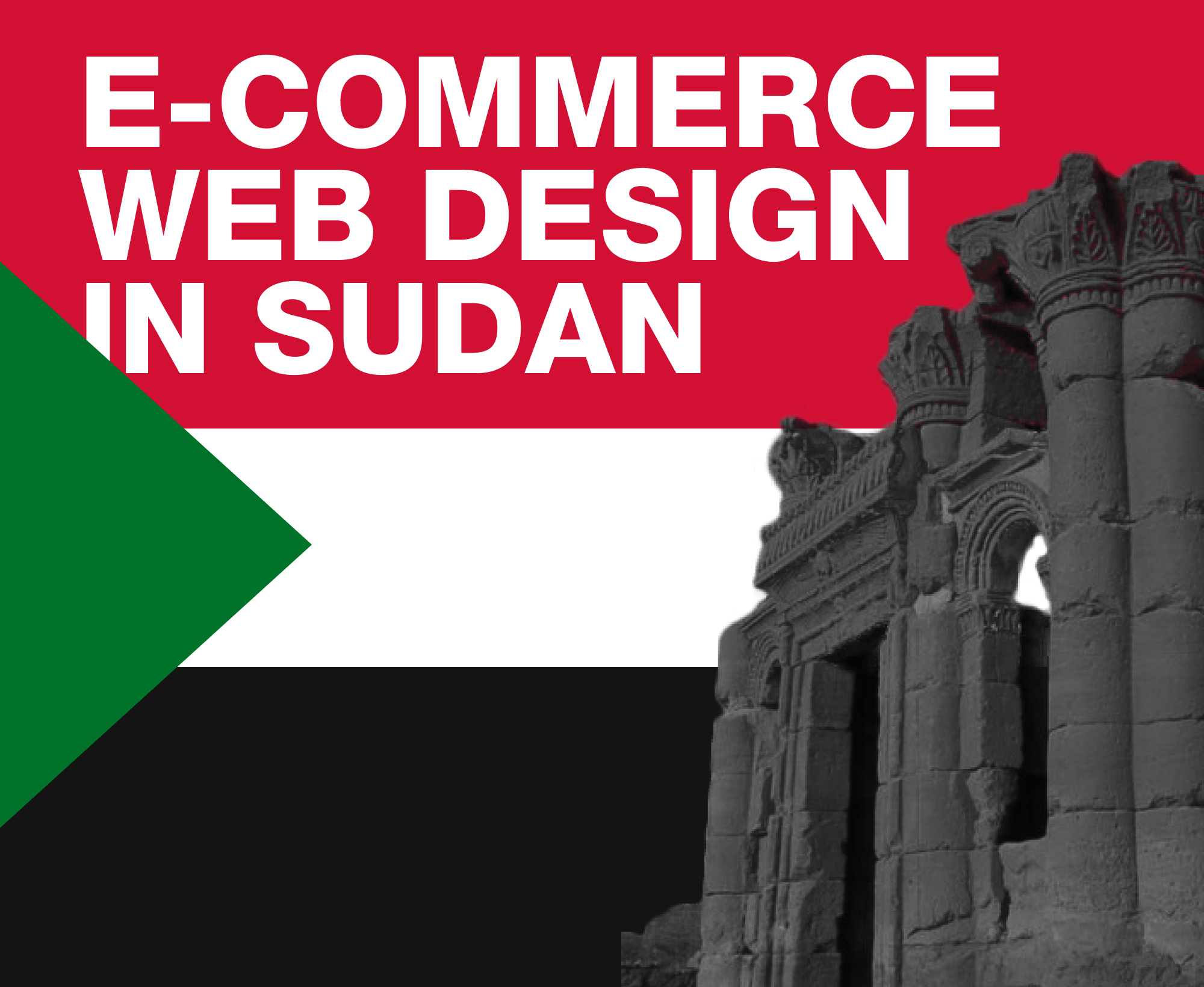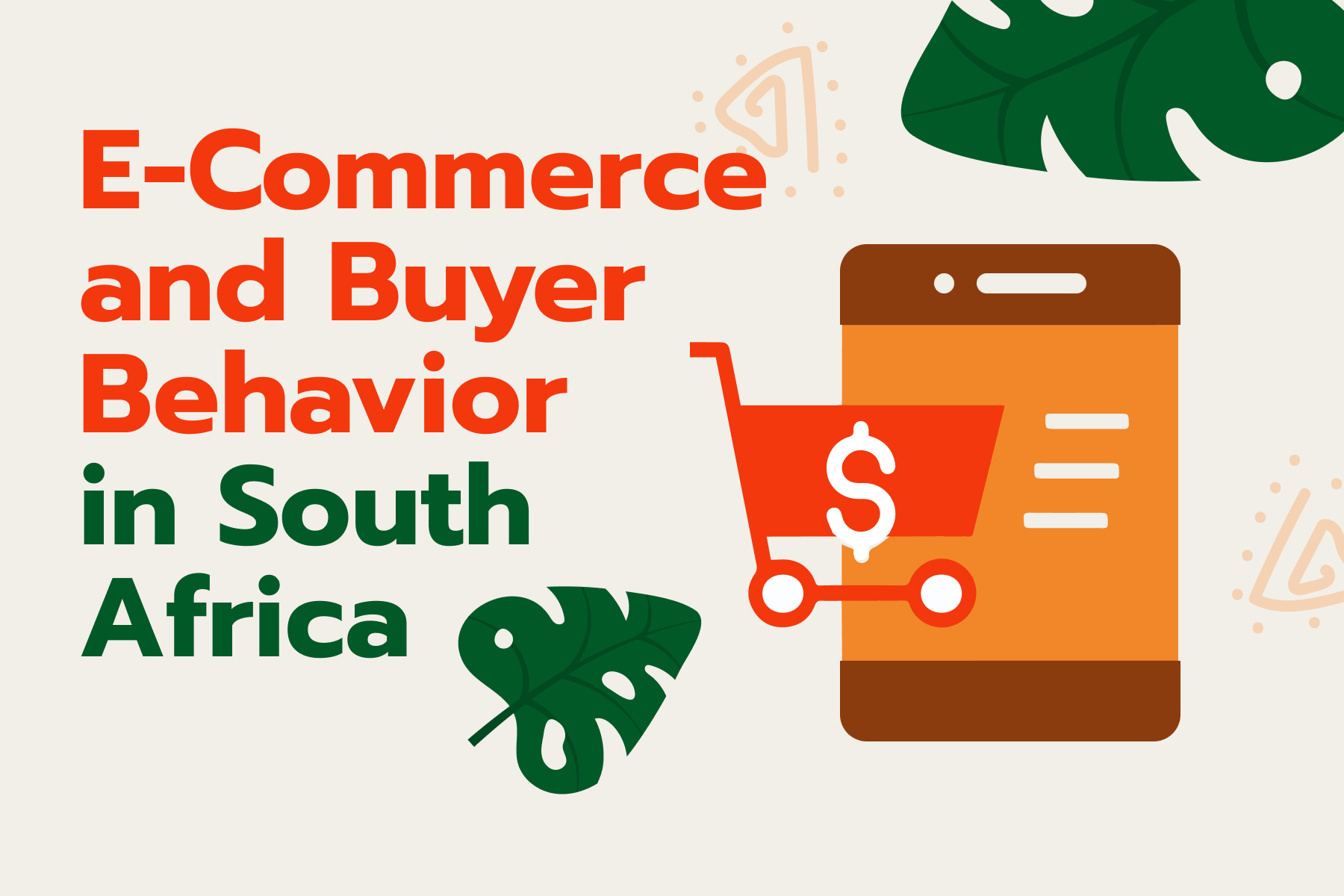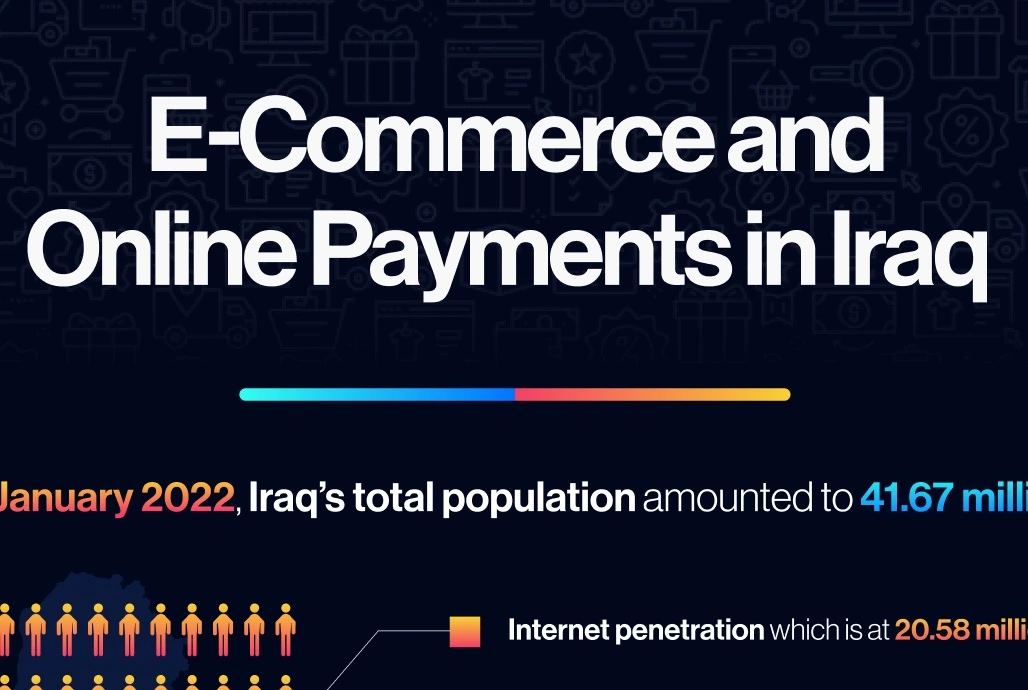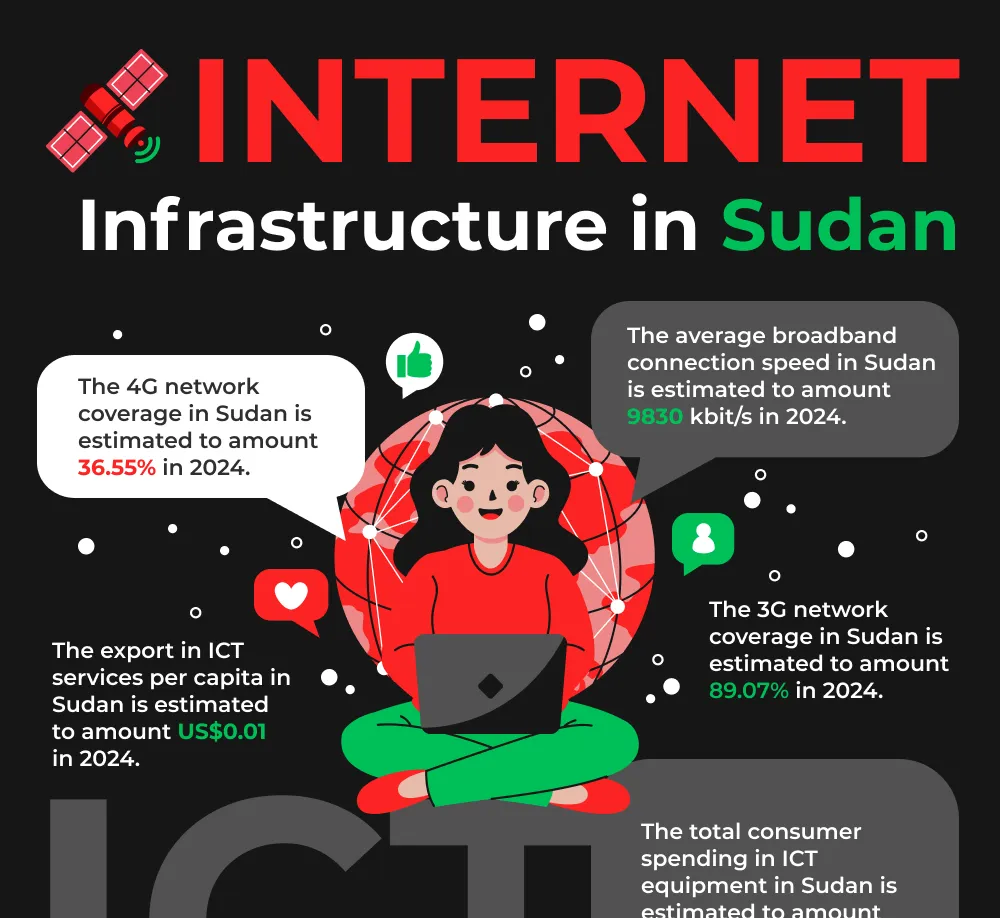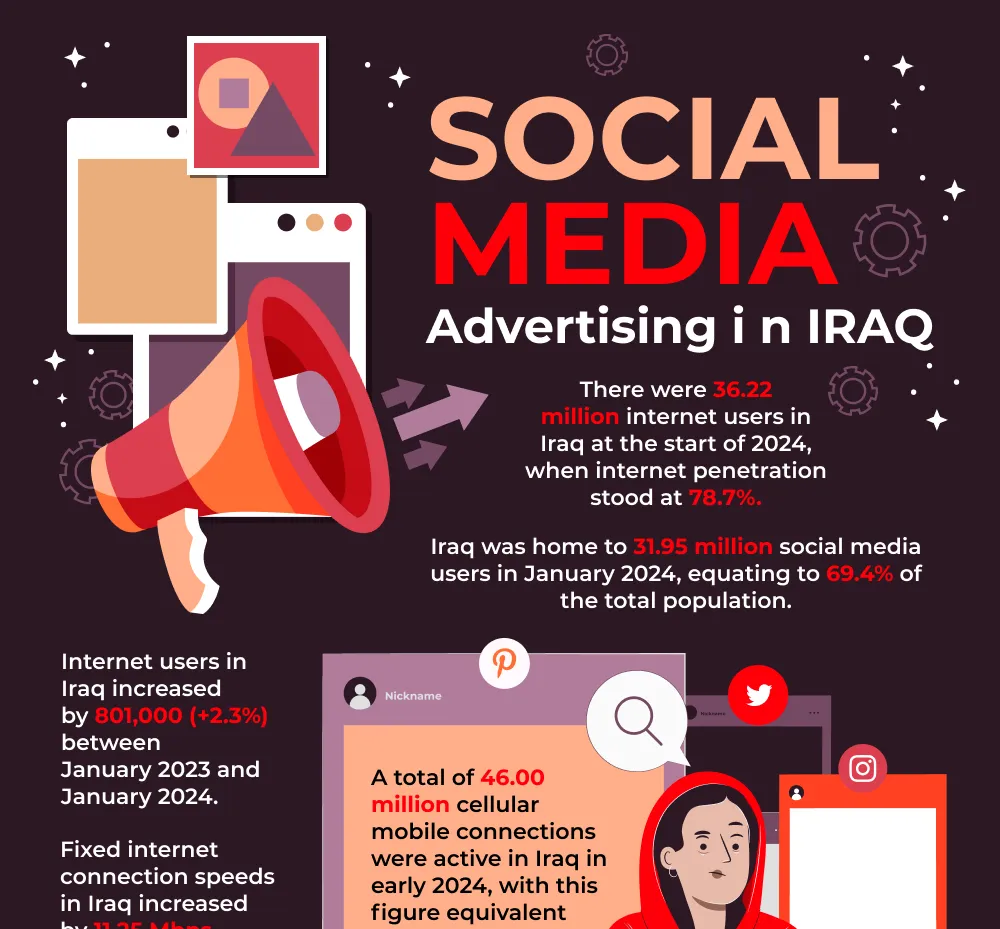Today’s world is one in which one can purchase almost anything on the internet. However, despite these achievements that technology has brought on, there are still a lot of people who purchase food items (consumable commodities) and items for personal care; from physical stores such as supermarkets or Malls. This is not because they have fun walking to these supermarkets, and believe it or not, it is not also because they get to taste free samples (although that could be true for some people) at physical stores.
Research that has been carried out lately has shown that the major reason this happens is that companies and retailers that deal with consumer packaged goods (CPG) have not yet created a convincing online platform that can provide the mainstream of consumers with a remarkable shopping experience.
Since most CPG executives tend to neglect the growth in e-commerce, they are therefore losing the growing market that is right under their noses and the benefits and opportunities that come with it. The reality is that most consumers are developing a strong interest in online shopping even as technology continues to advance. Understandably, a well-established CPG market might have trouble venturing into e-commerce, but it will provide a good advantage over their competitors for start-up companies.
What are Consumer packaged goods?
Consumer packaged goods (CPG) are commodities that consumers use on a daily basis, and as a result, they need to be replaced as often as possible. Examples of these commodities include; beverages, food, clothes, makeup, tobacco, household equipment.
Despite the fact that due to their nature, the demand for these goods by consumers is recurring, there is not much competition in this area of the economy. This is because of the low rate in the switching costs of the products and the high saturation in the market – which allows consumers to switch loyalty to another brand quite easily and without much costs involved.
In this article, we’ll outline some of the strategies that CPG brands in the UAE can utilize.
Commerce Strategies for CPG brands in UAE
- Target shoppers who have no preference for shopping either in physical stores or online stores by offering them convenience
It is not only persons who do not fancy going to block-and-mortar (physical) stores in the UAE for groceries and other merchandise that would be a good target for e-commerce of CPGs – thinking that this is the case will only make you miss out on the vast market out there market that is yet to be tapped into. You also have to consider that there are consumers who are indifferent (that is, they have no loyalties or preferences to a particular brand) when it comes to the purchase of CPG products.
These persons go to any kind of grocery or merchandise store when they need to purchase products. Therefore, when presented with the opportunity to shop online, they might consider it to be a good idea and engage. Even though e-commerce is all over the world right now, the idea of buying CPG products online is something that most people have not yet thought of.
It, therefore, calls on the e-commerce business owner or company to make their business known throughout the UAE but especially targeting these indifferent customers. You can go about this by convincing them about the ease of making a purchase on the internet – substantial investment in an advertisement will get the word out and promote the brand.
One way you can promote convenience for the target market in the UAE is to provide them with access to information on each and every product, recommend new products in the store, provide a system that recognizes what a particular customer is likely to purchase (this can be done through an algorithm that recognizes what a consumer always orders for), help them spend less time required to shop.
Whether or not a consumer will change their brands from a physical store to an online store after they have been presented with the option on the basis of convenience and cost to be incurred is a chance that the e-commerce business will have to take. One can never know if it will bring benefits or losses until they try.
- Promote brands that have already been established and small developing brands with digital commerce
The space in the digital world of commerce is a never-ending ocean, and so, there is room enough to contain both well-established brands and brands that only focus on small groups. Through the internet, the growth of sales can be pushed both for brands that are already mature and have consumers who constantly make purchases and small-scale brands (low-volume SKUs) that have a lot of fans devoted to them.
Mature brands get the advantage of increasing their influence in the digital marketplace – since the name of these brands is well recognized. Once consumers go online to shop and see the name of the brands, all they have to do is visit retail websites and place their orders. The other benefit that mature brands have is being able to use placements to promote their products, social media, and partnering with retailers.
Smaller brands can benefit from digital commerce in that they get to reach a wider market. Furthermore, the cost of promoting a brand on the digital space is a lot less than with physical stores; also, when demand for a product is increased online by a company, it gets to a point where the company can then provide a stock of those products in a physical store.
Last but not least, various brands (big or small) can, through promoting commodities on social media and product reviews, build awareness of their brands and also increase their sales.
- Effectively and efficiently push the trial of new products through product introductions on social media and mailed samples.
A lot of energy and coordination is required for CPG brands to show trials for new products in physical stores. Some of the activities involved include; mounting a countrywide promotional or advertising program, booking space on the shelf of retailers, increasing the capacity of production so that large-scale production is possible, and finally, moving products to various centers or stores for distribution during the launch. However, with digital commerce, products are made available at a broad scale without the need for everything mentioned above.
There are some companies that launch their new products on social media platforms, and they then use that to measure the rate at which consumers receive those products. Many companies or brands have attempted this, and the same approach can also be repeated in the UAE.
In addition, the digital market space can be used as a vehicle to release new CPG commodities before the time comes when they are to be rolled out to the public on a large scale. Companies that offer CPG products can do a trial run for their new products or the varieties of those products online and use the feedback they get from consumers to make necessary changes to the products, analyze online sales trends and properly utilize the funds kept aside for R&D.
- Make your brand available for when or where an impulse to make purchases arise.
When consumers begin to get the orders they have placed delivered on an earlier schedule, there is a very positive likelihood that they will begin to make online purchases that are driven by impulse. Therefore, there is a need to create/come up with a strategy to quickly tap into the desire that consumers have for instant gratification. The major challenge here is providing a shopping experience that will be relevant to shoppers who are apt to shop anywhere and at any time.
CPG brands should endeavor to make themselves available through e-commerce and mobile websites whenever the impulse for consumers to make purchases hits – whether they are at home, at an eatery, or at a park. They should be able to react quickly when the desire or willingness to make a purchase hits the consumer. This can be done by providing a digital shopping list or by directing shoppers to a retailer from whom they can purchase the commodity.
Care must be taken at this stage (directing the customer to a retailer). Suppose the retail store is not able to bring fulfillment to that impulse or desire to shop. In that case, the impulse will die out – this concerns how the consumer will get the product – either immediately or waiting for it to be delivered in a couple of days.
Furthermore, CPG brands should think of purchases driven by impulse as an opportunity to use a function of recurring purchases to change those impulse purchases to regular ones in the future.
- As digital commerce continues to grow, think about products on the shelf of a physical store as an opportunity.
CPG brands should let the decisions regarding the variety of products they have at their stores – both physical and e-commerce – be influenced by the behavior of online shoppers. For example, sales teams can use the performance of online sales to persuade a retailer to have more collections of the company’s products on their (retailer’s) website and only keep the ones that sell the most on the shelves of brick-and-mortar stores.
Furthermore, data gotten from online sales can be used by CPG companies to reposition, update, and even switch SKUs with lower productivity in both online and traditional stores. The data gotten can also help make the decision of which variants of products should be sold only on the digital stores to balance the variety that is only sold in physical stores.
If a product, for instance, sells better on the internet than it does on the shelf of a physical store, the CPG company can make it so that the product is only available online. It is, therefore, better to have only SKUs with the highest productivity on the shelves of physical stores alongside shifting inventory of products that are new or meant for small groups with justifiable grounds for restocking or offered to increase the demand on e-commerce websites for when the SKUs are moved out of the physical store to the online store.
- Drive the sales of low-volume SKUs that are profitable, especially ones that do not have space on the shelf of physical stores like niche fragrances and flavors
When the physical shelf space goes premium and digital selling makes it possible for shoppers to get access to SKUs that are not readily available in physical stores, a revolution of profitability will emerge for CPG companies. In addition, the preferences of consumers vary in terms of fragrance, color, formulations, and flavor, so they may resort to making more payments for the products they prefer since they are limited in the physical stores (that is, when they are not willing to make a purchase online).
Besides providing a channel for low-volume SKUs, e-commerce helps CPG companies get a better view of the demand for low-volume SKUs, which will then impact their efficient manufacture and distribution. Furthermore, since the sales of newer products tend to trump those of commodities that have been on shelves for a long time, cumulative sales of low-volume SKUs that have been displaced will be responsible for the greater percentage of the online sales made by CPG companies.
- Don’t think of direct-to-consumer as the complete answer
Direct-to-consumer (DTC) websites can play a significant role in the e-commerce marketing strategy of CPG companies. It is normal when customers buy products of the same category from different brands. Shoppers may not find it convenient to get products from several categories at the DTC website of a company unless the company has such an offering.
Furthermore, when CPG companies partner with retailers, they make their products easy to find on online sites that are not branded. As a result, an alignment can be made between e-commerce retailers and CPG account teams along with marketing, supply chain, and sales functions leading to the consideration of retailers as partners.
Collaboration should be made between them for unified price and promotion offerings to expand category sales of products for both CPG companies and retailers. More so, on the DTC website of branded companies, competition between companies should be on attributes such as customization, availability of rare variants, and chances of new product trials rather than price. The objective is to reduce the incidence of conflict with retailers from different channels.
- Invest in technology with the aim of improving consumer behavior insights, engage the consumer, and boost consumer experience.
With the increasing day-to-day advancement in technology, it is only natural to expect the significance of e-commerce to grow. The journey to making a purchase has already been saturated with digital technology as shoppers today not only use social media, mobile apps, and websites to research products, compare prices, and buy items – they also use them to provide feedback both to their friends and even companies.
With data analytics, companies can find out what consumers prefer, market trends, manage their various products, deliver particular marketing messages, alter pricing and promotions strategies, and have a better connection with target consumers. As a result, the combination of data, mobile, and social computing analytics have an important role in achieving growth in a new market, increasing innovation, and developing deeper relationships with clients.
Conclusion
Consumer packaged goods (CPG) are goods that consumers use every day, and they also require constant restocking. Food items and beverages are great examples. Therefore, CPG brands in the UAE can use the various strategies outlined above to drive sales and gain more customers.
